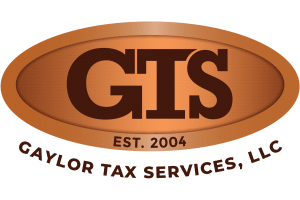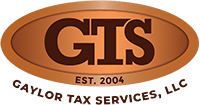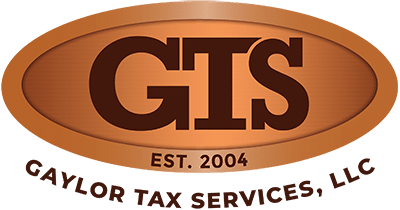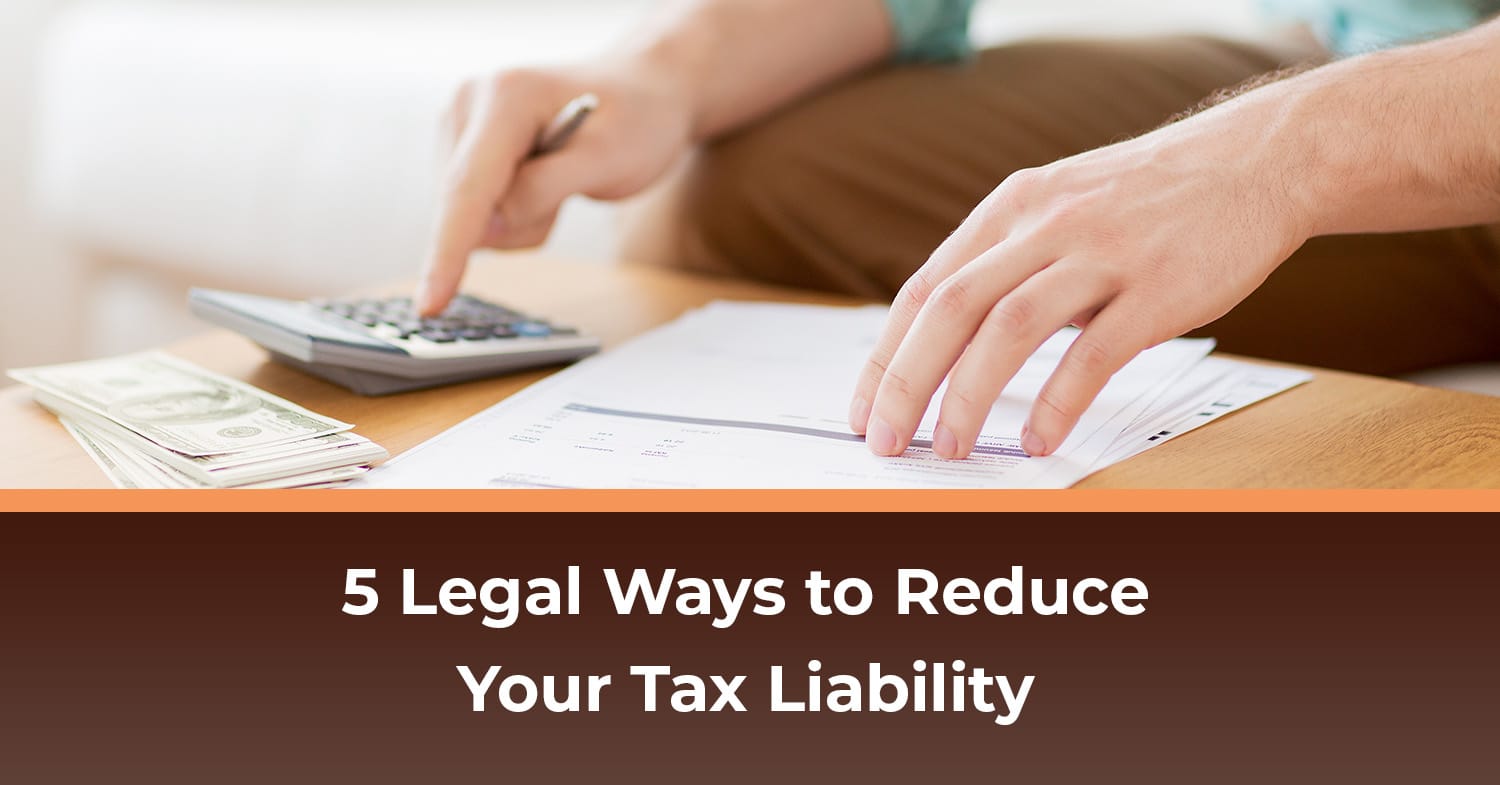Nobody likes a high tax bill during tax time. Here are five legal ways to help you reduce your tax liability in the current tax year.
Adjust Your Withholding
When it comes to reducing your tax liabilities, your first step should be to make sure the right amount of money is being withheld from your paychecks.
If you owed a lot of money when you filed your tax return last time, fill out a fresh W-4. Use the IRS tax withholding estimator to complete the form, then submit it to the payroll department where you work. Your employer will then use the new W-4 to adjust the amount of taxes withheld from your paycheck for the rest of the calendar year. This will help you avoid a huge tax bill – and possibly underpayment penalties – at the next tax time.
If you’re self-employed, you need to make your own estimated tax payments throughout the year. A tax advisor can help you calculate your estimated quarterly payment amount.
Contribute to Retirement Accounts
Some strategies, like contributing to a retirement account, involve spending money on things that qualify for tax deductions. When you contribute to a tax-deferred retirement account, you can reduce your tax bill while keeping money in your own pocket. Or, at least, in a retirement account with your name on it.
Company-sponsored 401 (k) plans are the most popular option since many employers will match employee contributions to their plans. It’s recommended to contribute the full amount allowed, annually – $22,500 (or $30,000 for taxpayers 50 and over) for 2023 – or the maximum amount that will be matched by your employer. If you don’t have a 401 (k) at work, you can contribute up to $6,500 ($7,500 for those 50 and older) to a traditional IRA. Whether you contribute to a 401(k) or a traditional IRA, you can deduct contributions on your federal income tax return.
Contribute to a Health Savings Account
Contributing to a health savings account (HSA) if you have an eligible high-deductible medical plan is another way to reduce your tax liability.
HSAs offer triple tax benefits. First, HAS contributions lower your taxable income. Second, you don’t have to pay taxes on any investment returns in the account. And third, as long as you use the money in the account to pay for qualified medical expenses, withdrawals are tax-free. The HAS contribution limits for 2023 are $3,850 for self-only coverage and $7,750 for family coverage.
Donate to Charity
By donating to a charitable organization, you can also lower your taxes. As long as you itemize deductions, you can deduct cash and noncash contributions to a qualified charitable organization. You can deduct contributions up to 60% of your adjusted gross income. Essentially, this means that you’ll be able to deduct your donation from the amount of income you have to pay on taxes.
And donating to charity is not limited to writing checks. You can also consider donating long-term appreciated securities and other potential investments. Instead of selling your assets before donating, consider donating your assets directly to a charity to reduce your capital gain tax liability.
Look for Tax Credits
There are many tax credits available, and when you claim the ones you qualify for, you can save quite a bit on your taxes. Credits are great because they can reduce the tax you owe and not just your taxable income. Some popular tax credits include:
- Earned income tax credit – this credit provides relief for low and moderate-income taxpayers in the form of a refundable tax credit. Note that eligibility depends on your income and family size.
- Child tax credit – although the expanded child tax credits that were part of the American Rescue Plan Act ended in 2021, regular child tax credits of up to $2,000 per qualifying child are still available.
- Child and dependent care credit – if you’re paying for child care or care for other qualifying dependents, you may be eligible for a child and dependent care credit to help cover the costs.
- American opportunity credit – for parents, each student you’re sending to college means you may be able to claim up to $2,500 in tax credits.
- Plug-in electric drive vehicle credit – you can receive a credit of up to $7,500 for the purchase of a qualifying electric vehicle, as long as the vehicle manufacturer’s eligibility hasn’t been phased out.

If you don’t want to navigate these tax-saving strategies alone, Gaylor Tax Services is here to help.
Let Gaylor Tax Services Help Reduce Your Tax Liability
These are a just few ways to help legally reduce your tax liability, but some are easier to complete than others. If you don’t want to navigate these tax-saving strategies alone, we can help. At Gaylor Tax Services, we will get to know you and your unique situation and help implement the right tax-saving strategies throughout the year so you pay the lowest allowed amount in taxes every year. We can also assist you with trust and estate planning and tax preparation. Our experts are here to answer your questions year-round, so do not hesitate to contact us. We are located in Phoenix, Arizona but can assist you anywhere in the state.






